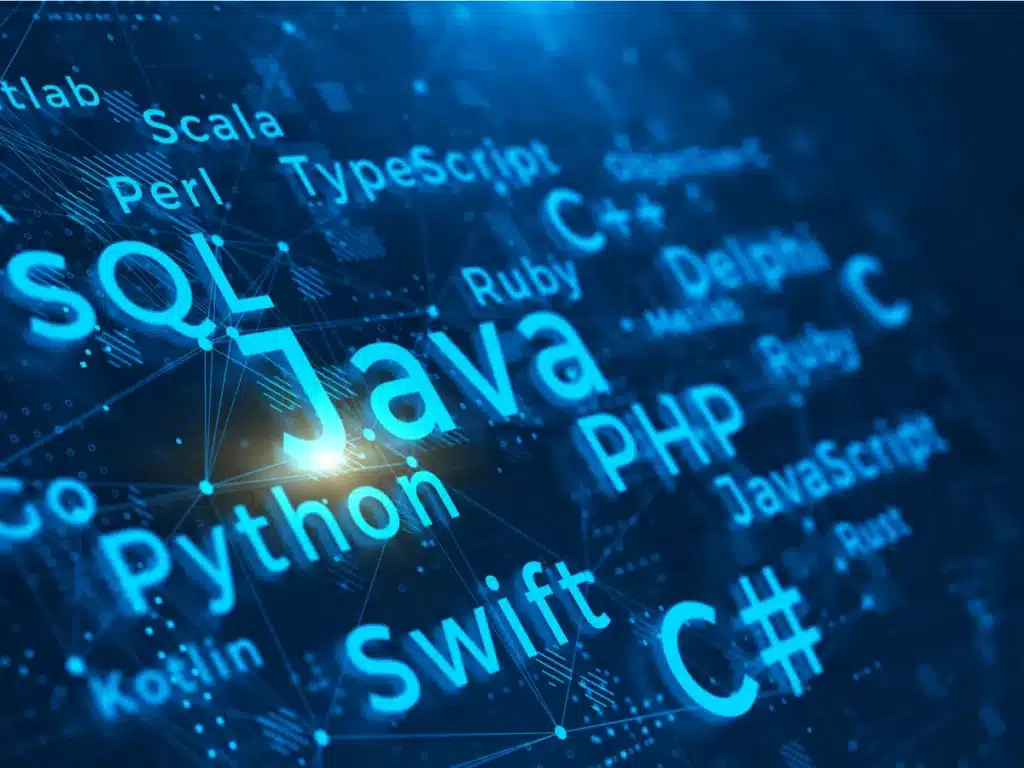Have you ever wondered how computers are able to understand and execute programming languages? One of the key concepts that enable this functionality is denotational semantics. Denotational semantics is a theoretical framework that provides a mathematical model for programming languages. It has a fascinating history and is still a critical area of research in computer science today.
Contents
Foundations & Implementation
Denotational semantics has its roots in mathematical logic and lambda calculus. Lambda calculus is a mathematical theory that provides a foundation for functional programming, which is a programming paradigm that highlights the usage of functions. Denotational semantics builds on this foundation to provide a way of formally specifying the meaning of programming languages. The fixed-point theory is another important component of denotational semantics. The fixed-point theory is a branch of mathematics that studies the properties of functions that have a fixed point. In denotational semantics, fixed-point theory is used to define the semantics of recursive functions.
Denotational semantics is used in the implementation of programming languages. It provides a way to formally specify the meaning of programming constructs and to reason about their behavior. Many modern programming languages, such as Haskell, use denotational semantics as a basis for their semantics. One of the benefits of using denotational semantics is that it can help to eliminate bugs and errors in code. By providing a formal specification of the behavior of a program, developers can ensure that the code behaves as intended.
Denotational vs. Operational Semantics
An operational semantics is another approach to specifying the behavior of programming languages. Operational semantics focuses on describing the steps that a program takes to execute. Denotational semantics, on the other hand, focuses on the meaning of a program.
The advantage of denotational semantics is that it provides a more abstract and concise description of the behavior of a program. However, operational semantics can be more useful in certain contexts, such as when analyzing the performance of a program.
Applications of Denotational Semantics
Denotational semantics has a wide range of applications in computer science. One of its most critical applications is in compiler design and optimization. Compilers are programs that translate high-level programming languages into machine code. Denotational semantics provides a way to formally specify the behavior of a program, which can help to optimize the generated code.
Denotational semantics is also used in software verification and analysis. By providing a formal specification of the behavior of a program, developers can ensure that the program behaves correctly and is free from bugs and errors.
Denotational semantics is a fascinating area of research in computer science. It provides a way to formally specify the behavior of programming languages, which can help to eliminate bugs and errors in code. While it has its limitations, denotational semantics has a wide range of applications in software development, from compiler design to software verification and analysis. By understanding denotational semantics, developers can unlock new levels of creativity and innovation in programming.



